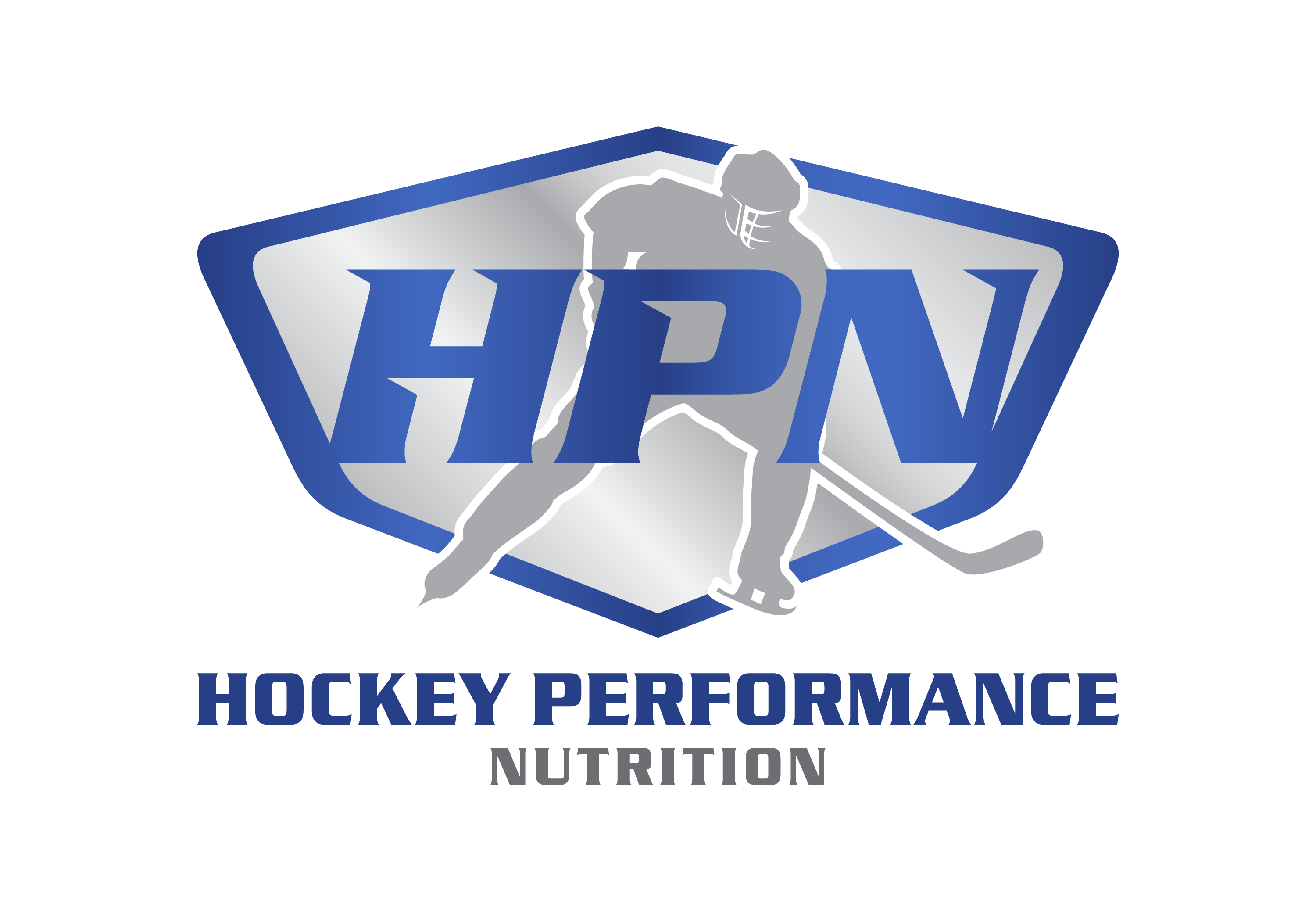If your looking for a way to increase your explosiveness, acceleration and overall speed on the ice, incorporating hill sprints into your off-ice training might be just what you need.
What’s All The Fuss About Hockey Players Training On An Incline?
Physiologically, hill sprints support many of the movements required for high level hockey skating. Sprinting uphill increases your foot to ground contact time, which is specific to all forms of skating including–forward, backward, crossovers, and change of direction. Sprinting on an incline forces you to maintain a low upper body angle and strengthens forward push by forcing your body to lift your knees higher and pump your arms harder. Due to the shorter stride and lower “leg fall” height compared to sprinting on flat ground, hill sprints cut down on the landing forces that need to be absorbed by the legs and hips thus taking stress off your ankles, knees, hips, and low back. Hill sprints also minimize the risk of pulling a hamstring and help avoid shin splints.
Getting Primed For Results
You don’t need a huge hill for doing your hill sprints, in fact a modest and gradual incline is the most effective. As far as distance, you’ll only be sprinting between 20-30 yards so almost every neighborhood has an area suitable for training.
Done correctly, hill sprints can be extremely intense and put tremendous stress on your muscles and tendons. Before beginning your workout it’s critical to properly warmup to avoid any injuries. Your warmup should include 10-15 minutes of dynamic stretching (hip circles, jumping jacks, lateral lunges arm circles, etc.) You should also incorporate a light jog of 5-10 minutes into your warmup.
Let’s Get Started
Once you’re warmed up and ready to start your sprints all you need to do is pace off and mark your starting and end line and have your stopwatch ready on your phone or watch. Timing your sprints is an important motivational tool to help you to push yourself harder on each repetition. Remember timing your sprints is only applicable to each individual workout, not about an all-time best time. Each workout will contain different variable so your times will not translate from one workout to the next.
This sprint workout should be done twice a week. Each sprint needs to be performed at maximum output. This workout is about quality not quantity, you need to perform every repetition with 100% effort and focus to see results.
For the first couple weeks of the program try to keep your rest times between each sprint relatively short (around 60 seconds or less). As you progress deeper into the program and you achieve a base level of conditioning for this type of workout, you can increase your rest time in between sprints if necessary to ensure full recovery (1-3 minutes).
8 Week Sprint Progression Phase 1
(Perform 2 times per week)
Week 1:
6 sprints x 25 yards
Week 2:
8 sprints x 25 yards
Week 3:
10 sprints x 25 yards
Week 4:
12 sprints x 25 yards
NOTE: For the second phase of this program you’ll be using different starting positions for your sprints. This will help you to maintain forward lean and acceleration even though you are starting form a different stationary position.
8 Week Sprint Progression Phase 2
(Perform 2 times per week)
Week 5:
7 sprints x 25 yards (Lunge or Side Lunge Start)
7 sprints x 25 yards (Kneeling Start)
Week 6:
7 sprints x 25 yards (Alternating Standing On One Leg Start)
7 sprints x 25 yards (Change Of Direction Start–Move or Jump Backward Then Accelerate Forward)
Week 7:
4 sprints x 25 yards (Lunge or Side Lunge Start)
4 sprints x 25 yards (Kneeling Start)
4 sprints x 25 yards (Alternating Standing on One Leg Start)
4 sprints x 25 yards (Change Of Direction Start–Move or Jump Backward Then Accelerate Forward)
Week 8:
4 sprints x 25 yards (Lunge Start or Side Lunge Start)
4 sprints x 25 yards (Kneeling Start)
4 sprints x 25 yards (Alternating Standing On One Leg Start)
4 sprints x 25 yards (Change Of Direction Start–Move or Jump Backward Then Accelerate Forward)
About The Coach
Terry Knealing CFT; SPN
ISSA, NASM, USA Hockey Certified Coach
Terry Knealing is the owner and head coach at Hockey Performance Nutrition. Coach Terry has worked with a countless number of athletes from high school to the professional level throughout his 25+ year career. Coach Terry has assisted athletes from MLB, NHL, NFL, PGA, ATP, MMA, NCAA and NASCAR to improve through performance nutrition.
Hockey Performance Nutrition takes a scientific, long term, sustainable approach to nutrition that focuses on addition not restriction. Bringing to the table an extensive knowledge of not just the game of hockey, but the hockey lifestyle, we help hockey athletes and their families create and implement simple, flexible and easy to follow meal plans We offer 1 on 1 and group–comprehensive, online, performance nutrition programs designed to give hockey athletes everything they need to take their game to the ELITE level.

